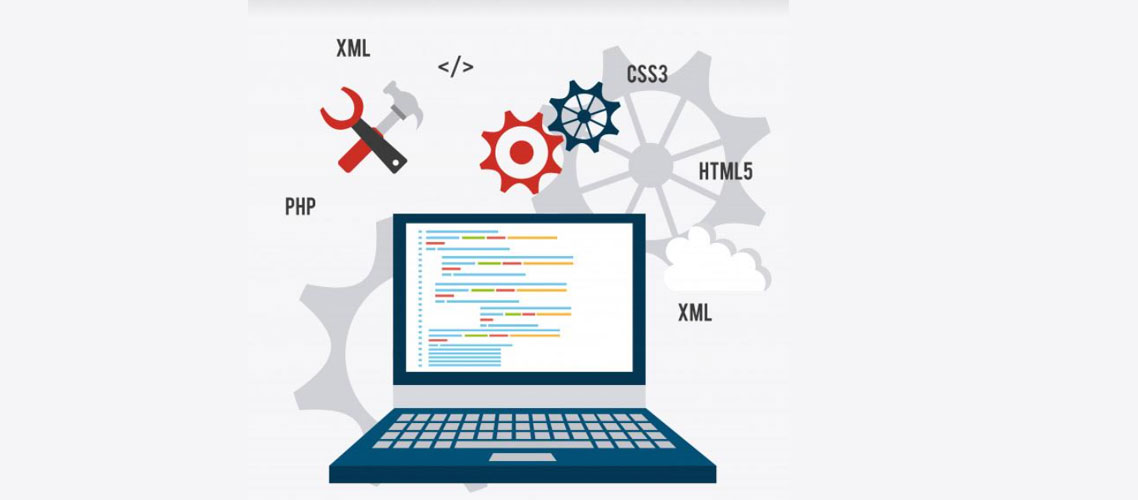Is the current time the right time for the conversion of SWF to HTML5?
November 02, 2020
It has become a well-known fact that soon flash based content or flash plugins will be laid to rest by the end of 2020. This decision was taken as many downside effects of flash based content were observed as new technologies were introduced. To be specific, flash was unable to to provide new features and keep up with the incorporation and support for newer technologies to enhance the existing Flash content. This was very evident in the e-learning courseware. Elearning content enhancement majorly depends upon educational graphical content, and animated and simulated videos for rendering better understanding. SWF is an Adobe Flash format, also known as Small Web Format and Shockwave Format, wasn't as impactful for rendering in-depth comprehension as HTML5 based interactive animated content. Thus, the majority of the organizations realised converting interactive SWF to HTML5 animated content, eventually, was imperative. In fact, for the same reason, even top rated browsers such as Firefox, Opera, Chrome, Safari, and Internet Explorer may withdraw support for the Flash browser plugins after 2020.
A quick glance at shortcomings of flash plugins and content
Flash player not only has its set of problems with animated browser plugins but it also faced a lot of flak in regards to the compatibility and instability issues. With the emergence of new technologies, it failed to keep up with the expectations and performance of the users in terms of the enhancements. With touch feature becoming the latest most-wanted feature in any mobile or tablet device, it wasn't just ready to incorporate it in the best possible way. The most discouraging feature of all was the security and crashing issues with certain operating systems. All in all, the reliability of using SWF for e-learning content seemed to be unreliable and risky with passing time.
Why do organizations realise HTML5 is the best in the current scenario for e-learning courseware?
The first and foremost reason for using HTML5 (Hypertext Markup Language) is its capability to incorporate the latest technological elements for the enhancement of e-learning courseware. Conversion of interactive SWF to HTML5 animated content became an obvious choice for introducing animated or simulated content in the web based or usual e-learning course materials. For web-based e-learning content, HTML5 (the fifth generation of HTML standard) not only allowed the organisations to introduce high quality animations but also to squeeze in advertisements, infographics, texts, and render a structured layout for the website. Above all, HTML5 was smart enough to adjust itself as per the device display to enhance the viewing of the e-learning website. All these and more useful and appealing qualities of HTML5 prompted companies for the conversion of SWF to HTML5 e-learning content.
Is it too late now to convert interactive SWF to HTML5 e-learning content?
No, this is the perfect time to opt for conversion of interactive SWF to HTML5 e-learning course content. The use of HTML5 provides a ton of benefits compared to Flash; especially, the compatibility with coding platforms for HTML (for structuring layout); cascading Style Sheets, also referred as CSS, (for presentation purpose), and JavaScript (for dynamic elements). HTML's compatibility capability allows embedding multimedia elements and interactive content such as animations and simulations into the browsers, without the user third party plugins. Also for simulations, Silverlight and third party plugins are not required.




